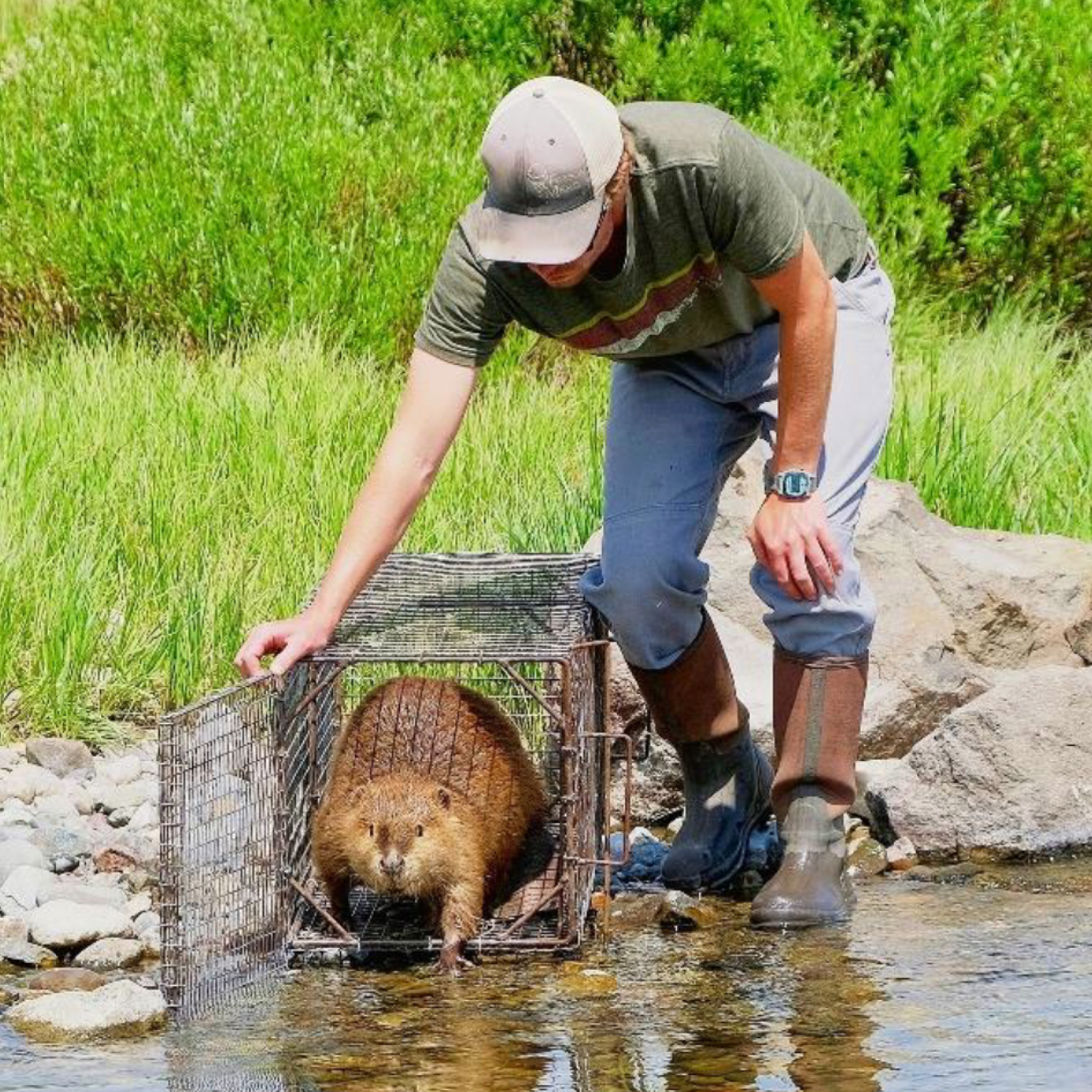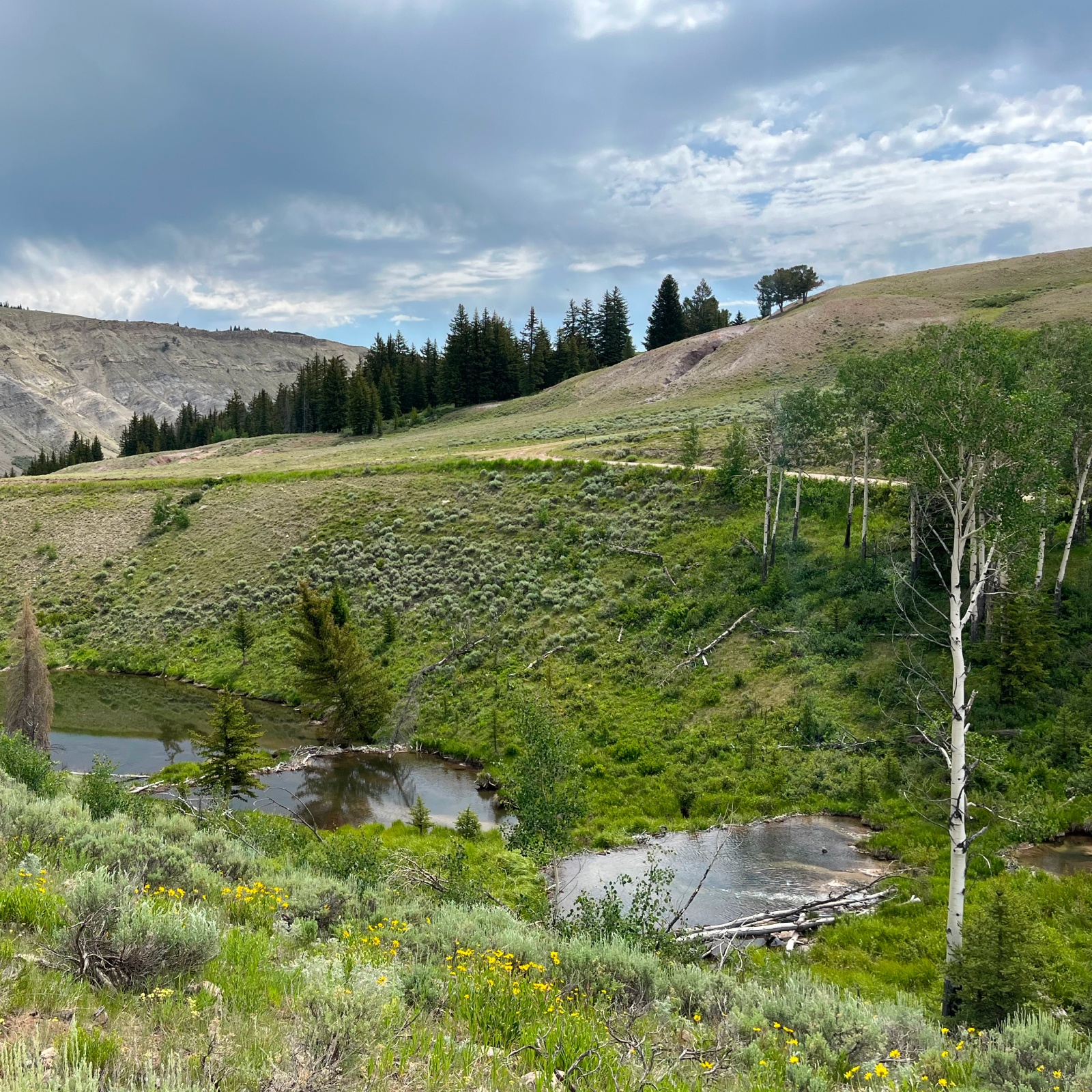THE PROBLEM
Beaver relocation and impact studies lack objective criteria to determine impact.
Relocation efforts can be positive, but we need more information to help government agencies decide when and where to relocate beavers. Often, accurate information on a site’s suitability for beaver colonization doesn’t exist. Alternately, the site could be improved by placing beaver dam analogs (BDAs) in a drainage and letting the beavers find it on their own. Creating a tool that identifies areas with a high probability of successful riparian restoration is needed.


